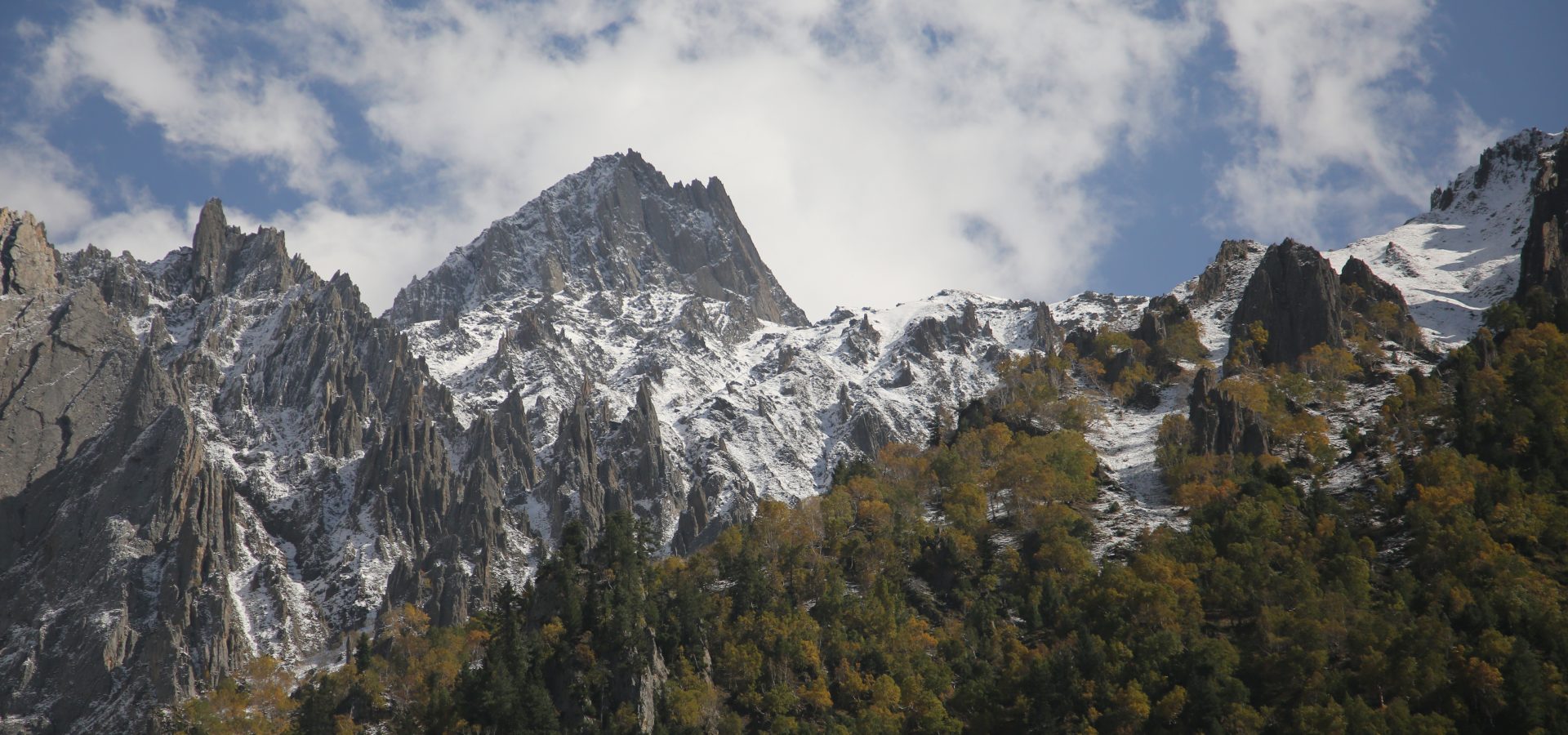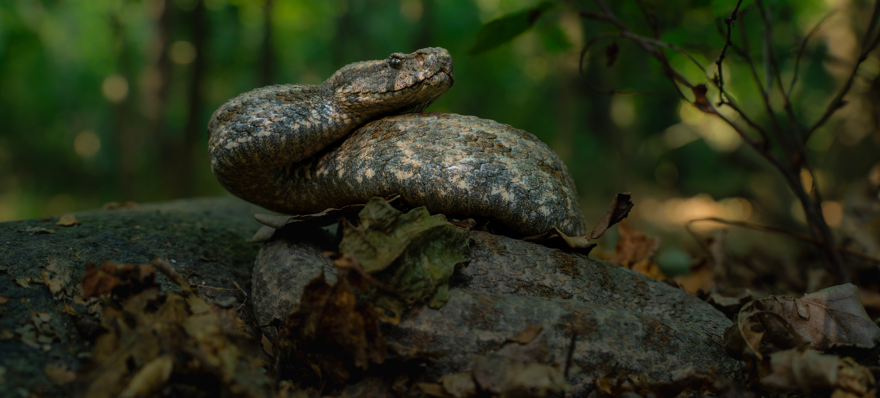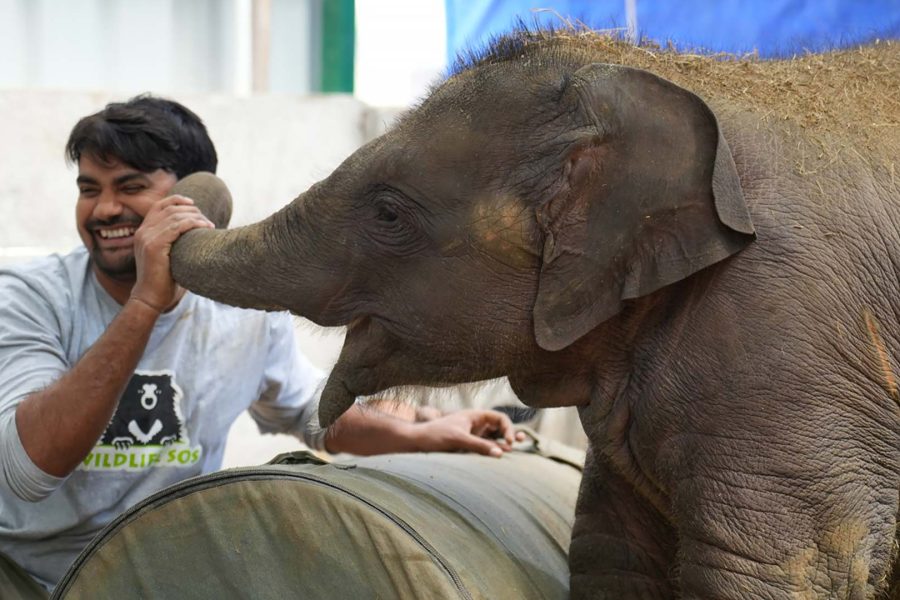Elevation, slope and other topographic aspects affect the diversity and types of plant and animal species found in a region. High altitude wildlife refers to the range of animal species that inhabit mountainous regions at higher elevations, typically above the tree line. These areas often have thin air, lower temperatures, and harsher climatic conditions. The high altitude zone usually starts at around 2,500 metres above sea level, where the atmospheric pressure is lesser than that at sea level.
You might have seen mountaineers use special equipment that includes oxygen, sunscreen, insulated jackets and pants, high altitude boots and so much more. Since humans do not naturally reside in areas like these, and live within densely populated areas like plains that are rich in food and mineral resources, we have had to invent the tools required to reach heights as great as Mount Everest. But what about the wild animals that lurk in drastic climatic conditions and live in areas like the Himalayas? Through millions of years, animals like the snow leopard, Himalayan yak and many others have continued to evolve and adapt to regions where we, human beings, cannot survive.
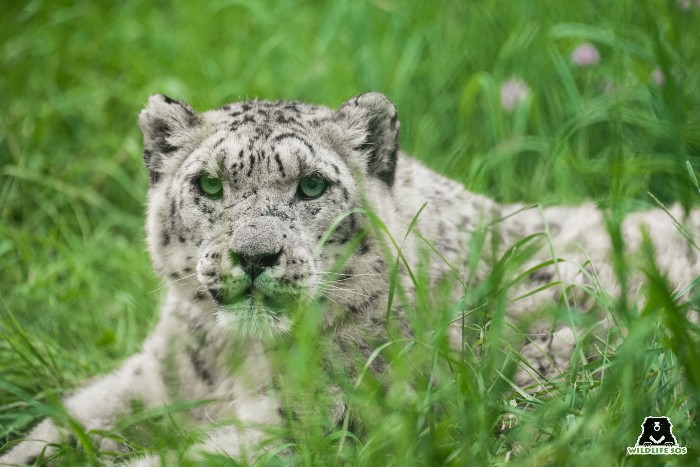
Many mammals found at higher altitudes have gradually increased haemoglobin-oxygen affinity to counter hypoxemia (low level of oxygen in the blood). While mammals found in different geographic locations vary vastly, the wildlife found at high altitudes have some fascinating challenges to face. Let us examine what the conditions of high-altitude areas are, and what adaptations these animals have undergone to survive here:
High Altitude Difference in Environment
- Low Oxygen Levels: As one heads to higher altitudes, the air becomes thinner, containing less oxygen. This makes it difficult for animals to extract sufficient oxygen from the air, leading to challenges in respiration. As an evolutionary mechanism, many animals have evolved larger lungs or more efficient respiratory systems.
- Changes in Temperature: High altitude regions have extreme temperature variations, which means that the wildlife must be able to withstand these temperature changes. Some species have developed thick fur or feathers to trap heat, while others have adapted to regulate their body temperature efficiently.
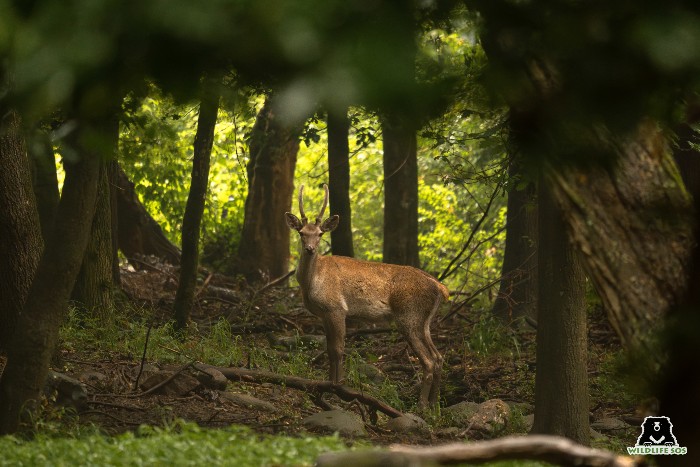
- UV Radiation: At higher elevations, there is a higher level of ultraviolet (UV) radiation from the sun due to reduced atmospheric filtering, which can be very harmful to living organisms. Some animals have developed protective pigments or behaviours to reduce exposure to UV radiation.
When it comes to the northernmost parts of India in Jammu and Kashmir, one can find this area to be rich in high-altitude wildlife. Kashmir has a large number of protected areas. It has a temperate climate, while Jammu has a sub-tropical climate and Ladakh is an arid, cold-desert.
Some of the high altitude national parks in India like Hemis National Park, Dachigam National Park, Pin Valley National Park and many more boast a wide array of high altitude wildlife like koklass pheasant, Himalayan monal, bar-headed goose, Himalayan griffon vulture, western tragopan, snow leopard, red fox, blue sheep, Asian ibex, markhor, hangul, Kashmiri stag among many more.
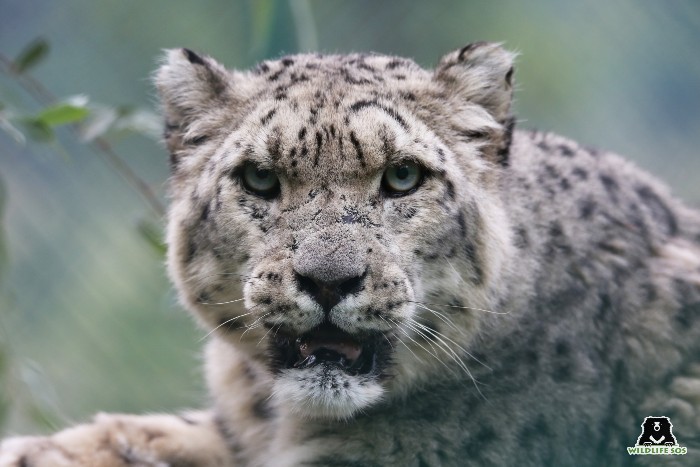
The Wildlife SOS team at Jammu and Kashmir often works with many of the wildlife found in this region including Asiatic black bear, and even runs a 24×7 rescue helpline (+91-7006692300 or +91-9419778280) for calls regarding animals in distress.
While there are many challenges that animals face at high altitudes, there are some interesting adaptations that allow them to not only survive, but to thrive at these extreme weather conditions:
- Morphological Adaptations: Animals at high altitudes have special coats, layers of fat and other physical characteristics that allow them to withstand really cold climates. For example the Himalayan Yak, a bovine animal of Himalayan Tibet that comes from the same family as bison, buffaloes, and cattle, can survive in temperatures as low as -40 degrees Celsius. Even the snow leopard has acclimated with physical features such as a long, furry tail that can store fat, a woolly coat on the underbelly, and thickly padded paws that form natural fur shoes to protect their paws from the ice and snow.
- Functional Adaptations: Animals at high altitudes may have higher metabolism rates to generate body heat, they maintain the body water levels by losing less water through urine, and have a large nasal cavity that allows them to breathe at high altitudes.
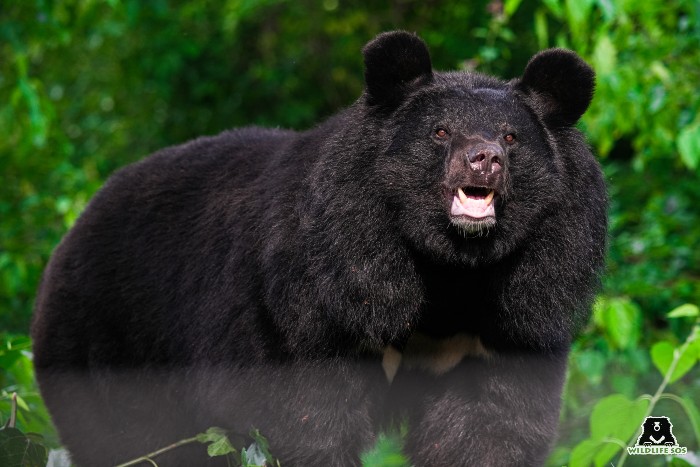
- Adaptations in Diet: The plants found at high altitudes may differ significantly from lower elevations, which means that many animals in these regions have adapted to feed on specific plant species that animals at lower altitudes would typically ignore.
- Hibernation: Some species in high-altitude regions have adapted to hibernate through the coldest periods to conserve energy. Before entering hibernation, the animals store up surplus energy to help them last through a period of time when they remain dormant. Many animals do this by eating a large amount of food and reserving fat that comes into use when they hibernate. It may appear to us as a long duration of sleep lasting months since animals maintain low body-temperatures, slow heart beats and slow pace of breathing. Himalayan marmots hibernate in family groups and burrows almost 10 metres deep into the ground, which keeps them warm and safe from both weather and predators. Their colonies may have up to 30 families at a time.
- Behavioural Adaptations and Migration: Many ungulates like the Kashmiri hanguls also descend to lower elevations during winter. Migratory species may descend to lower elevations during the harsh winter months when resources are scarce. In this way, they move to resource rich regions and are able to survive the worst of the winter. Hibernation in reptiles is known as brumation, and reptiles brumate together so as to retain body heat. Metabolism rate during this time decreases sharply. Few reptiles can even starve for months.
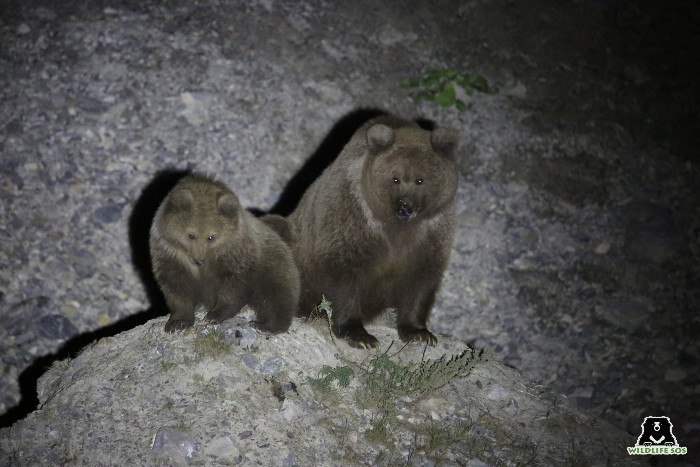
While many of these animals have impressively adapted and evolved over the years to survive in changing habitats, very few places in the world remain untouched from human exploitation. The rate at which humans are transforming the natural landscapes around them is much faster than the rate at which these animals can evolve and adapt to the new threats we create. With rapid degradation and fragmentation of high mountainous regions, we see many animals like the Himalayan brown bear becoming dependent on food waste rather than finding food in the wild. Many of these behavioural changes are leading to human-wildlife conflict in regions ill-equipped to handle such issues.
To understand and mitigate the same, the Wildlife SOS team at Jammu and Kashmir is studying the enigmatic Himalayan brown bear through camera traps, scat analysis, and much more! Keep your eyes peeled for the compelling research that our team is working on at the moment, and read more about our current report on Himalayan brown bears here!

